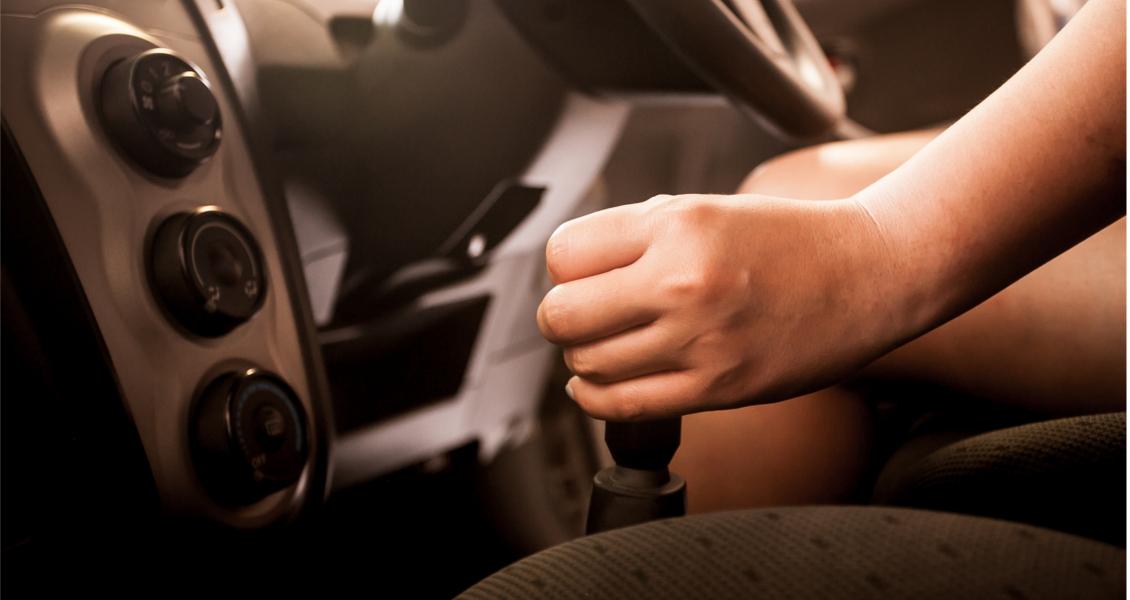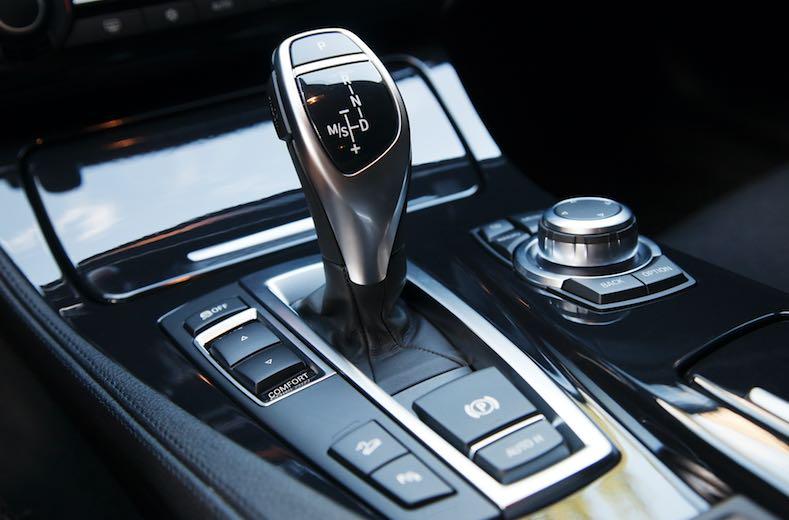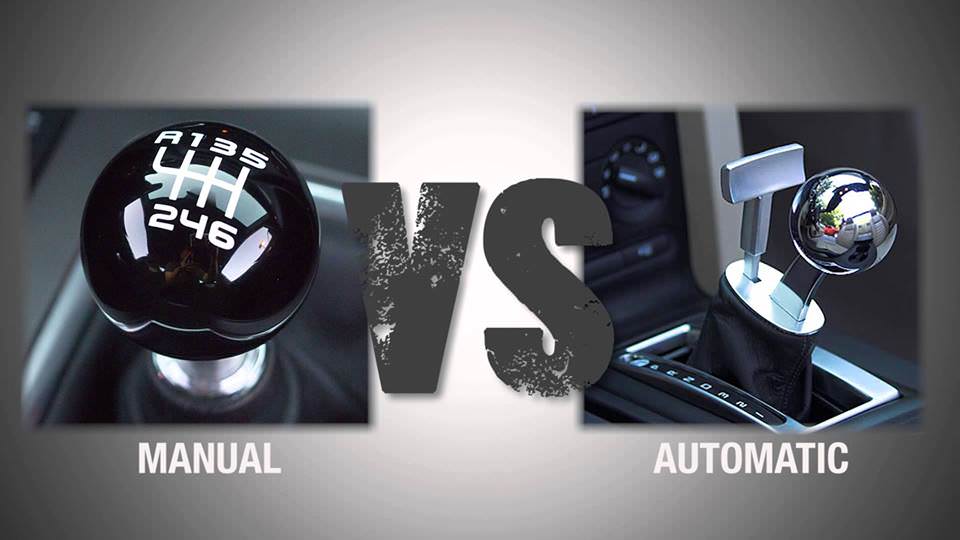All the vehicles have either manual vs automatic gearbox, and some models, especially modern cars, have both options. Once, the manual transmission was the choice of all types of drivers.
The shelf-shifting autos were only for the drivers of the luxury saloons and the seniors. Nevertheless, the scenario has changed these days, and some manufacturers such as Ferrari don’t produce a single manual model.
So, the question arises, which is the best option – manual or automatic gearbox? What shall you choose for your next car?
Contents
The Difference Between Manual and Automatic Gearbox
Although the contemporary automatic gearbox will be ahead of that old slushbox, selecting one between an automatic and manual transmission is still a tough decision to make. Let’s check some differences to make it easier for you:
Performance
Previously, the auto option was for those who were not skilled drivers. People who wanted to experience the pleasure of driving used to choose the manual.
The second one requires much more effort on a twisty road or circuit while the first option just needs some flicks of the paddle to have everything done for you.
An auto transmission is easier to manage, but driving purists still prefer a manual as it requires them to master the skills.

Price & value
Cars with automatic gearboxes are pricier than the ones with a manual transmission. The prices also vary between models and from one manufacturer to another.
The resale value does not depend much on the transmission type, but some luxurious brands such as Mercedes with auto gear have more demand in the second-hand car market.

Fuel usage
The rate of fuel consumption used to differ much in the past, but the gap has been minimized in modern automobiles. Nevertheless, the automatic vehicles still consume 10% more oil than manual cars with the same specification.
Which One Is the Best: Manual vs Automatic Gearbox?
It’s still a tough call as it depends on individual preferences and budget conditions. A manual car is a budget-friendly option with a lower price tag and more fuel efficiency. It’s also a better choice if you want to experience the joy of driving.
Pros & cons of automatic transmission:
Advantages
- Easier maneuver: Many drivers prefer automatic cars because of their convenience. They are simple to operate as there is no clutch to control. Just select D for Drive and forget about operating the gear lever until you need to park or reverse the car.
- Smoother ride: The automatic transmission offers seamless transitions between gears, giving you an enjoyable ride without any stuttering. If you’re constantly stopping and starting in crowded traffic, constantly mashing the clutch pedal can become a chore. Automatic transmissions require less effort, so you can focus entirely on navigating complex intersections and other traffic safely.
Disadvantages
- The main downside to automatics is that they often cost more to buy than their manual transmission, both new and used, so they’re not ideal if you’re on a budget.
- Some drivers find that automatic transmission takes the fun out of driving. They like the feeling of shifting gears and having more of a physical connection to their car. And for anyone used to changing gears, it can be difficult to adjust without a clutch.
- It is believed that automatic transmissions consume more gasoline than manual cars. Although it used to be the case that older models were equipped with slow, three-speed transmissions, automatic technology has improved a lot in recent years. In many cases, you may even find that you get more miles to the gallon in an automatic vehicle.
Manual transmission
Pros:
- A manual transmission gives you more control over the vehicle. This can be especially beneficial in winter conditions.
- Some automatics can be slow and cumbersome, although many are now equipped with dual-clutch technology to make them faster. Traditionally, manual transmissions are better at transferring power from the engine to your wheels, so you can accelerate at a faster rate.
- Manuals typically require less maintenance because they have a less complex design than automatics. Repair costs tend to be significantly cheaper.
Cons:
- With a manual transmission, you need to take one hand off the steering wheel to shift gears. Automatic cars are safer as you can keep both hands on the wheel and focus more on the road ahead.
- Constantly working the clutch can become uncomfortable because your left leg never gets a break, especially if you drive on busy roads.
Generally, the auto transmission makes a lot of sense with better performance and improved fuel economy. It is suitable for all types of drivers with smooth shifting and an easy-to-handle mechanism.
Furthermore, many modern cars offer the joy of manual driving with a second or third-gear option.
And, if you think of four-wheel drivers and classic automobiles, nothing can beat an automatic transmission. A manual gearbox will only drain power and take the joy out of driving.




Great knowledge
I enjoy readong your articles.they are really helpfully